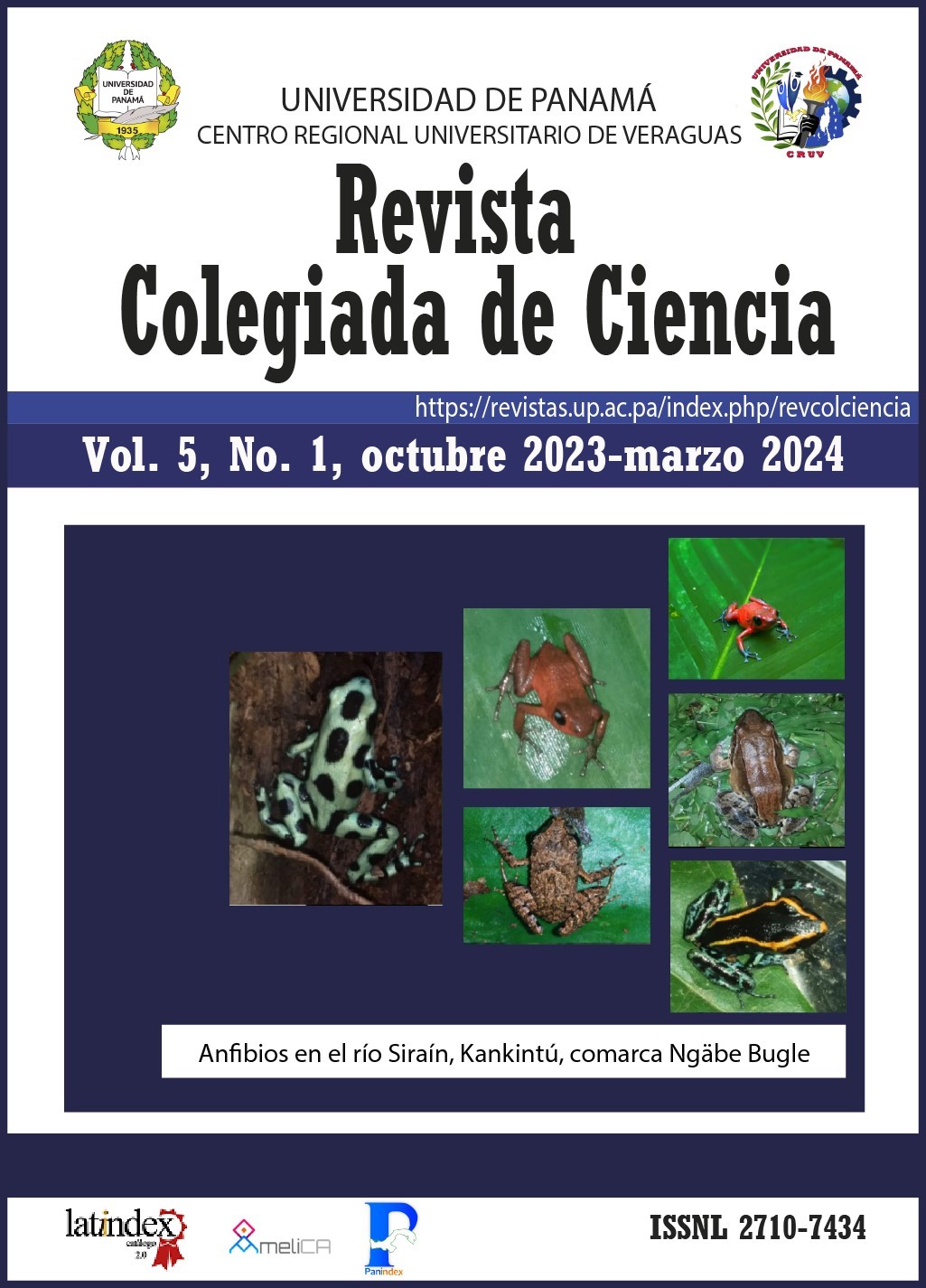

A case of sea turtle mortality was studied in the south of Mariato, Veraguas between the months of September and November 2022. The perception of the residents was evaluated through a survey in the fishing villages of Mata Oscura and Puerto El Nance. The most probable causes of the event and the perception of the residents of the affected areas were evaluated. Experts in the subject of agrochemicals in rice crops were interviewed and businesses that sell these products were visited. The information on active principles, persistence and toxicity was obtained from the Central American Pesticide Manual database, National University of Costa Rica. Residents, fishermen, divers, tourists, surfers, and other users of the Pacific beaches of Costa Rica were also contacted through the Observatory of Red Tide Reports of Costa Rica and a review of the pertinent literature on harmful algal blooms in the Eastern Tropical Pacific was made. Although pesticides represent a problem for aquatic fauna, their effects tend to be chronic since diluting in water reduces their toxicity. Consequently, there are very few records that link the massive deaths of aquatic fauna with acute pesticide poisoning. Nor can we talk about spills because the agrochemicals are applied as aerosols or dustings at very specific stages of the crop cycle and the turtles could avoid the chemicals due to their high mobility. On the other hand, neurotoxin-producing microalgae are an important cause of mass death of marine organisms, including turtles. These toxins are concentrated in filter-feeding organisms and are transmitted to the rest of the trophic levels by biomagnification processes. However, the Gulf of Chiriquí is not an endemic area for red tides and although algae blooms do occur from time to time, they are not usually toxic. This is not the case for the Central American Pacific, where toxic red tides from Pyrodinium bahamense are frequent. This organism has been linked to the mass die-off of a variety of marine organisms including fish, turtles, birds, and large mammals such as dolphins and humpback whales. At the time the dead turtles arrived south of Veraguas, Costa Rica was experiencing one of the largest waves of red tides on record that affected sea turtle nesting and foraging areas in the Pacific of Central America. Everything seems to indicate that this was the origin of the turtle mortality observed in Panama. Some of them could have been carried by the Costa Rican current towards the Pacific beaches of Nicaragua, while others reached Panama with the equatorial countercurrent, which at that time was moving towards the coasts of Central America and feeding the anticyclonic gyre that dominates the circulation in the Gulf of Chiriquí. Although there is no data to show the presence of paralytic toxins in the flesh of dead individuals, this would not be the first time that a toxic algae bloom has been linked to a sea turtle die-off in the Eastern Tropical Pacific.